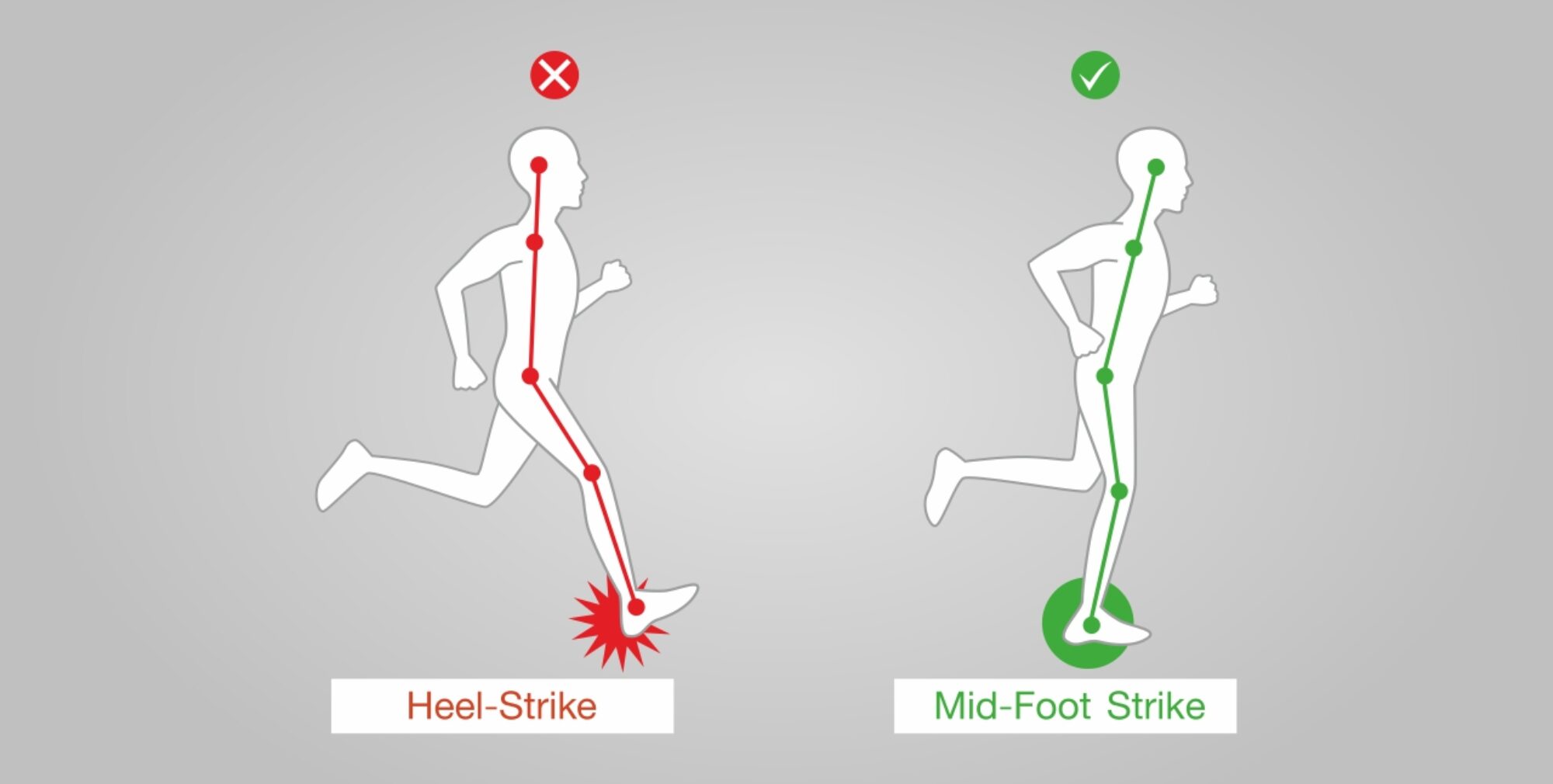Choosing the right running shoes is essential for preventing injuries and improving your performance. With so many different shoes on the market, it can be tough to know where to start. This blog post will provide you with some tips on how to choose the best running shoes for your individual needs.
Factors to consider when choosing running shoes
- Your foot type: Are you flat-footed, high-arched, or somewhere in between? Knowing your foot type will help you choose shoes with the right amount of support and cushioning.
- Your running style: Do you heel strike, forefoot strike, or midfoot strike? Your running style will also influence the type of shoes you need.
- The terrain you run on: Do you run on roads, trails, or a mix of both? Shoes designed for different types of surfaces offer different levels of traction and support.
- Your training goals: Are you training for a marathon or just trying to get in shape? If you have specific training goals, you may want to choose shoes that are designed for those types of runs.
Different types of running shoes
There are many different types of running shoes available, each with its own unique features and benefits. Some of the most common types of running shoes include:
- All-around shoes: These shoes are designed for a variety of running activities, from easy runs to tempo workouts. They offer a good balance of cushioning, support, and flexibility.
- Stability shoes: These shoes are designed for runners who need extra support to prevent overpronation (when the foot rolls inward too much). They typically have a firmer midsole and a medial post to help guide the foot through the gait cycle.
- Cushioned shoes: These shoes are designed for runners who want maximum cushioning. They typically have a soft midsole that absorbs impact and protects the joints.
- Lightweight shoes: These shoes are designed for runners who want the lightest possible shoes. They typically have a thinner midsole and upper, but they may not offer as much cushioning and support as other types of shoes.
- Trail running shoes: These shoes are designed for running on trails and other off-road surfaces. They typically have a more aggressive outsole for better traction and a more durable upper to protect the foot from debris.

How to fit running shoes
When trying on running shoes, it is important to get a good fit. The shoes should be snug but not too tight. You should have enough room to wiggle your toes and your heel should not slip. It is also important to try on shoes at the end of the day, when your feet are at their largest.
Here are some additional tips for choosing running shoes:
- Go to a specialty running store: The staff at a specialty running store can help you assess your foot type, running style, and training goals to find the best shoes for you.
- Try on multiple pairs of shoes: Don’t be afraid to try on multiple pairs of shoes until you find a pair that feels good.
- Break in your new shoes gradually: Start by wearing your new shoes for short walks or runs and gradually increase the distance as your feet get used to them.
Choosing the right running shoes is an important decision. By considering your foot type, running style, the terrain you run on, and your training goals, you can find the best shoes for your individual needs.

